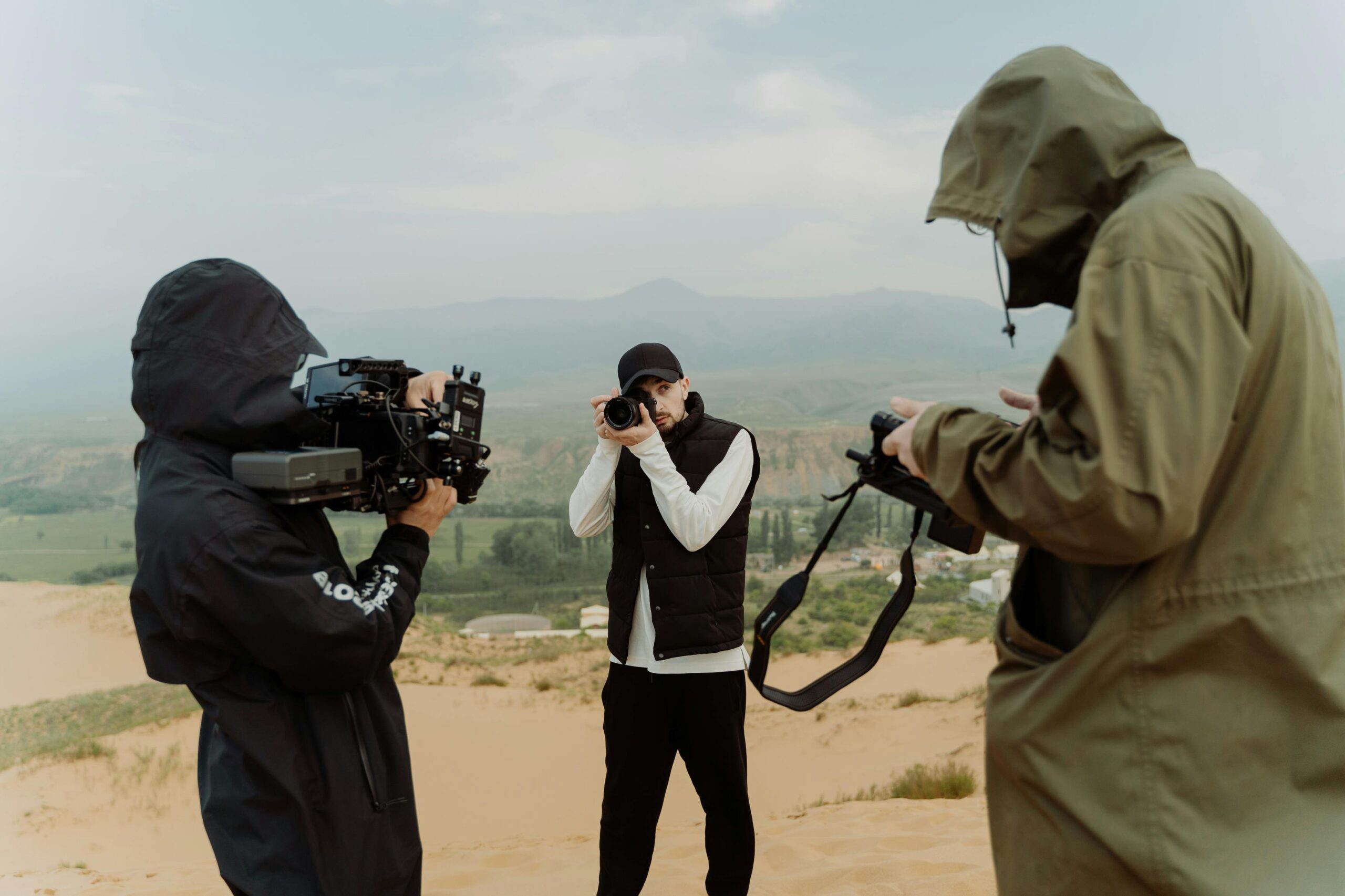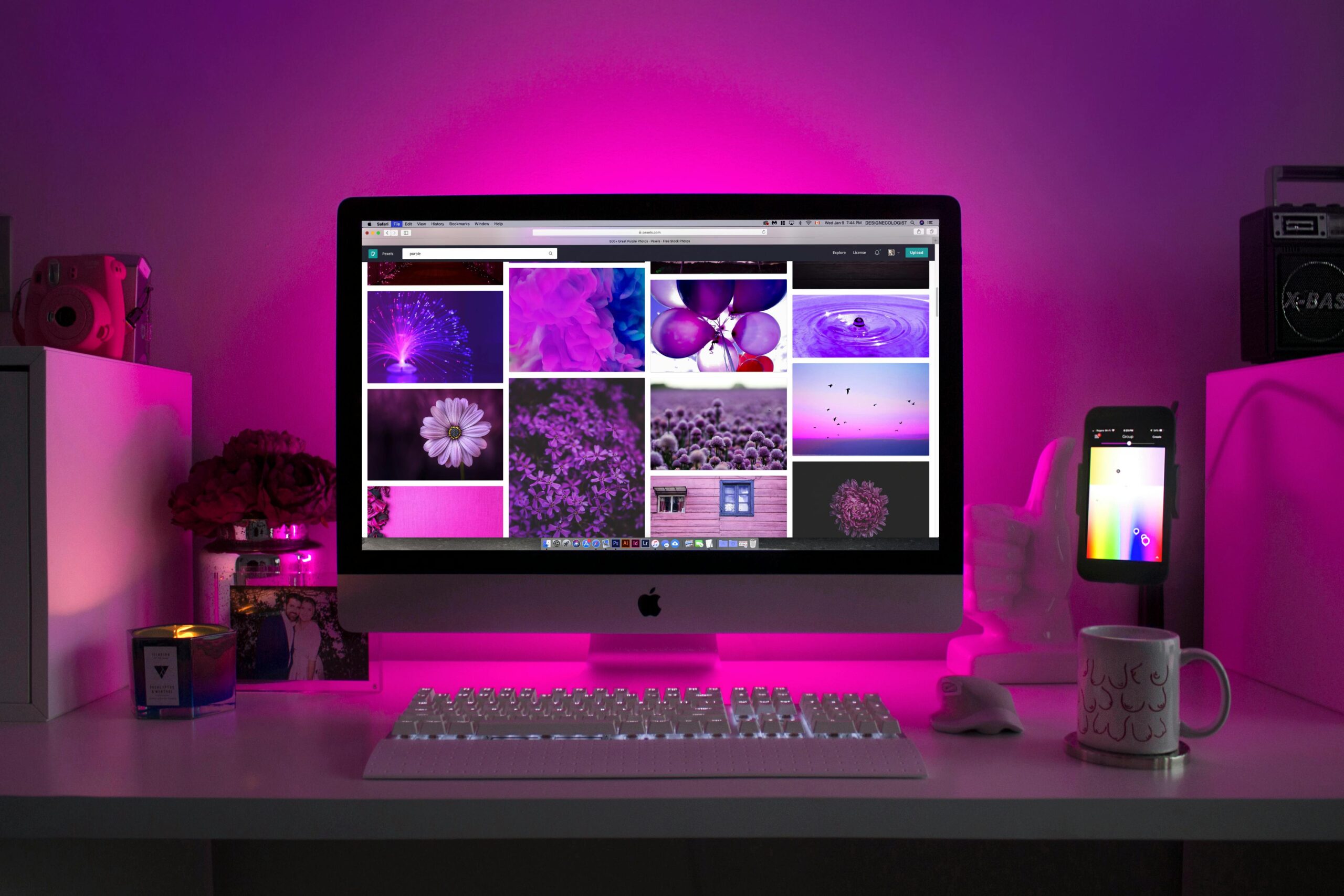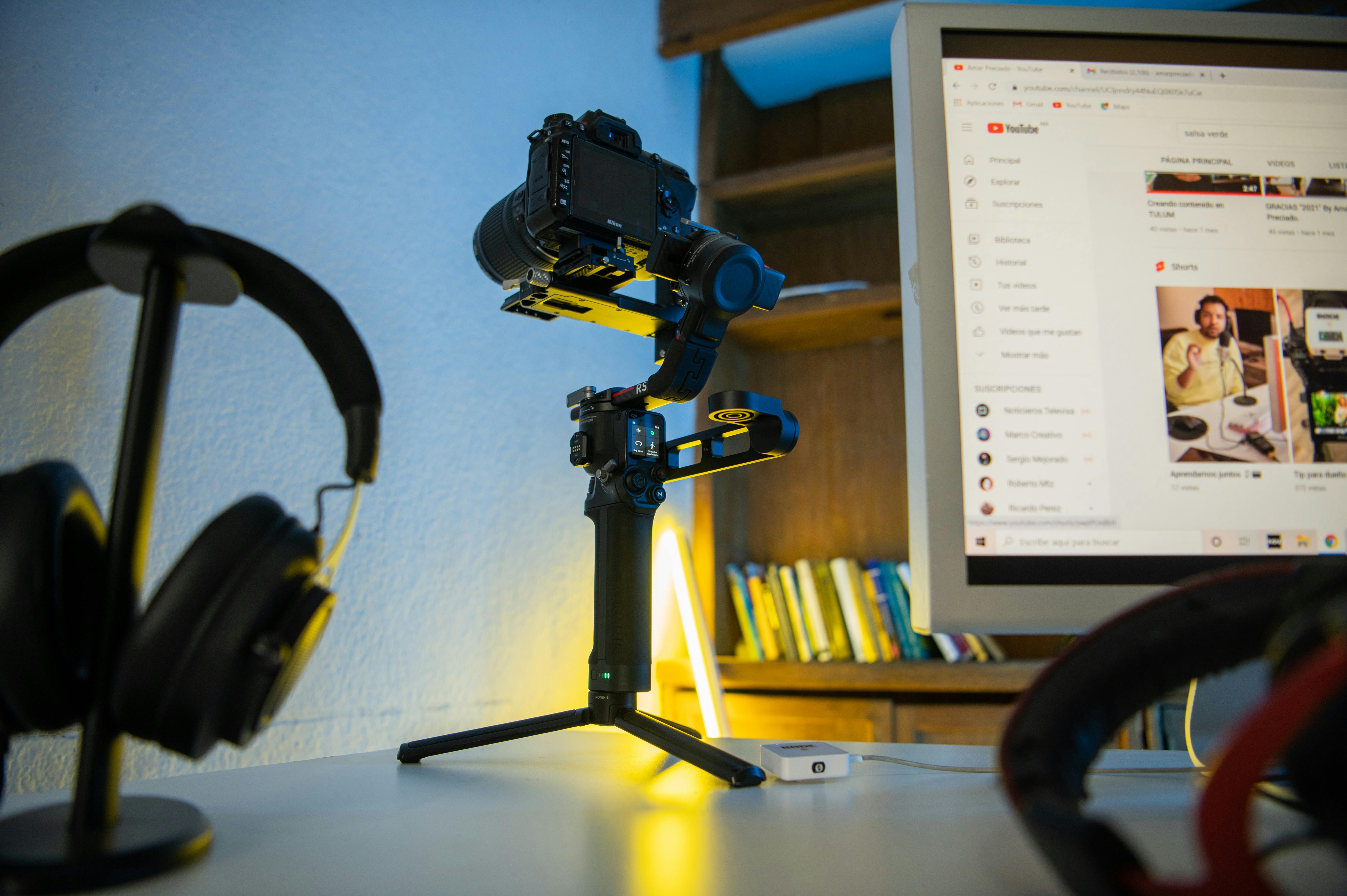Being a creative can often be a frustrating and isolating experience. Creatives come in many different colours, from painters to musicians to singers to online content creators, which is even further divided by things such as cultural differences and language.
The pursuit is as varied as the people in it.
And for anyone looking to monetize their creativity, it can feel extremely daunting, particularly when starting out. In this blog the focus will be specifically on photography, videography and content creation online (think Tik Tok, Youtube and Instagram), though the principles can carry over into more traditional artistic pursuits.
Table of Contents
Creating and Internet

The internet has existed for upward of thirty years now and over time it has evolved from a database, to an information highway and further into a titanic network of moving parts, algorithms and data exchange. This miracle of technology has also changed the way people can seek out work, in that it has allowed for a brand new market: online services and influences.
To put it simply, the internet has an infinite potential for anyone who is looking to share their work or their lives online. Upwards of 5 billion people utilize the internet across almost every nation on the planet (Pelchen, 2024). And for some, those 5 billion represent not just an immense number of people but an immense opportunity.
Thanks to the internet, practices like photography, video-making, editing, filming, social media, webinars and even remote working have not only become possible but have gained steam. TikTok and YouTube host some of the largest audiences that were ever possible in human history, with millions tuning in to watch someone explain something or perform for a camera (Howarth, 2024). Instagram, despite its attempt at reels, allows for the sharing of photographs both professional and amateur, opening up avenues for photographers and models alike.
While there are other platforms, YouTube, TikTok and Meta (as well as its products) are the juggernauts of the industry. But they wouldn’t be there without their content creators.
Being a content creator however comes with its own issues.
Content, content, content

Outside of the struggles of attempting to overcome the algorithm, much of content creation relies on a variety of factors. As this refers to a creative studio, we’re going to skip over those who are able to create content on their own. This refers to spontaneous creators who film themselves in a homely setting or those who focus on quick but punchy short form content.
Creatives and content creators are often at a disadvantage when it comes to finding work. One reason is because many people don’t consider creativity to be a skill on par with something like medicine or information technology (Woods, 2021). It’s a muscle you exercise from the moment you’re born, to the point where once you’re an adult, creativity becomes second nature (much like someone who’s spent their life woodcarving, programming or cooking) but its still too intangible, too nebulous despite its incredible value as a skill (UNICEF, 2024).
As a result, many industries consider it a lower priority than quantifiable abilities like mathematics and public speaking.
There’s also the challenge of saturation. In the modern day, social media companies hook in billions of people, each of them looking for something to entertain or take up their time. There comes the daunting task of standing out as a drop in the ocean. But that isn’t necessarily impossible to achieve. If you’re looking to attract clients or to gain a footing in the digital world, professionalism and good standards can go a long way. (Strategia, 2024)
Again, this assumes you’re a professional, as social media has proven none of these things are a prerequisite to success to anyone starting out. But if you’re someone who wants to become part of an industry or who wants a different kind of image, these factors matter.
You won’t go far as a photographer if your photos and images aren’t as good as they could be. Your videos won’t be as attractive if they’re filmed with terrible audio and poor cinematography. Your content may very well find its own crowd, but it will do so slowly without the appearance of someone who knows what they’re doing. There is also the question of care. Most people will be willing to give you a chance if they can see you care about what you’re doing and that care manifests in good quality. (Berg, 2021)
Obviously this isn’t universal and care can be shown in a variety of ways, but in general, good quality photos, videos and editing can turn the tables.
So What Are Studios For?

Creative studios are a resource that also value content creation and the abilities of creatives. In a creative studio, your creativity can be used without interference. Studios also provide food and amenities all for the express purpose of freeing up your headspace for the task at hand. As said many times in this blog, it can seem frivolous but human beings are sensitive to outside stimuli. You might not feel especially creative at home as a result of your family or the environment.
As mentioned in the Coworking blog, living in Samoa can be difficult if you need privacy to work, or if you want to work from home. School is also restricting in that sense if you’re a university student. And work, unless that is expressly your job, is not the time to pursue your ideas if you value your income. Samoa in particular suffers from much of the above, since unless you’re part of that sector, you won’t have access to a space you can use that focus on content creation.
A studio exists to focus you into the mental space needed for your ideas to flow. The fewer distractions you have, the less things you have to worry about, the more you will be able to produce better quality creations. (Quill Creative Studio, 2024; Mock the Agency, 2023; Groove Management, 2024)
Networking

Another benefit is, as harped on across our other written works, is Networking or alternatively, Community. Onelook Studio believes very much in community, as you know from out other writings (Social Media). It goes without saying that a major factor in your success nowadays is community. You need friends and you need colleagues. Networks are important for sharing ideas, assistance and critique. It’s all well and good to go at it alone, but you will inevitably find yourself limited to your experiences and vision. (Michael Page, 2024; University Lab Partner, 2024)
Meeting other people, talking to them and working alongside them opens up not just physical avenues but mental ones.
Like a coworking space, it attracts communities of people who work together. Even if you’re dead set on being an independent operator, sometimes you will find yourself mentally blocked, or you feel you run out of ideas, or you feel stagnant in what you’re doing. The key to stagnation then, is to let your ideas flow by introducing new ones in. This concept can be discussed in a different blog, but keeping your ideas flowing and having people around you to bounce ideas off of is critical for creative work.
Communities also mean connections. (Shanahan, 2024)
It can mean agents, marketing, you can look to them for inspiration or critique. In the case of Samoans, its an advantage to know people in industries both local and overseas. Creative studios function the same. Social media gives creatives reach online, but having a tangible network of people you know personally can be more helpful in he long run. Local slang refers to this as the Coconut Wireless. One thing you should know about Samoans and Pacific Islanders is that everyone knows everyone.
This last one can be very important as if you want someone to give you good, constructive critique, someone who’s in the same line of work as you, whether they be experienced or brand new, is the best kind of critic. It’s good to have other people outside your bubble offer criticism, but having fellow creators who understand the little nuances and reasoning behind what you do can be extremely liberating. If you’re a creative in Samoa who’s struggling, it could be uplifting to hear from creators in other countries in a similar situation.
There are creatives everywhere in the world, on every continent and many of them find solidarity and inspiration in each other. Creators in the Pacific can communicate with creators in South Asia, Western Europe, South America and through that, increase not only their presence and network but their chance to learn new abilities.
Meeting other creatives and talking to them about their endeavours can not only inspire you, it can inspire them. Creativity, like art, is often inspired by itself. Seeing other peoples’ ideas can spark your own. Seeing other people go through similar struggles can make you feel motivated and chase away any doubts of your own. Human beings operate better when they are part of a community and when you have a template to work with, a goal to chase or someone to emulate.
Conclusion

Now you know what Creative Studios are and what they can do for you. Studios are obviously not available to everyone, they are an expense to be paid for, but future success is often built on present investment. What you put in now, you can enjoy later. And there really is not time like now. If you have an idea for a photo or a video or perhaps you want to try out your editing skills, create some content or inject some professionalism into your work, try a studio. It won’t carry you across the finish line but it can give you the right shoes, some decent direction and fuel for the journey

